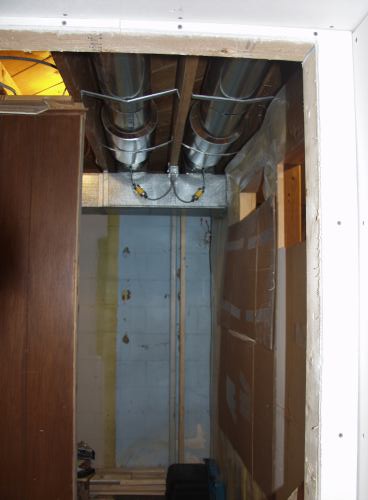Thanks for the great information - now I understand.
Do you think adding a ductfan to a plenum is possible? Would it be worth it? Seems like it would help a little - but probably not as much as if I could attach it to the ducts that actually went to the rooms... I think I'd have to rip out sheetrock to gain access to the ducts
Do you think adding a ductfan to a plenum is possible? Would it be worth it? Seems like it would help a little - but probably not as much as if I could attach it to the ducts that actually went to the rooms... I think I'd have to rip out sheetrock to gain access to the ducts

